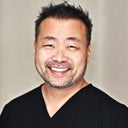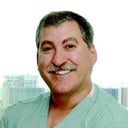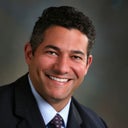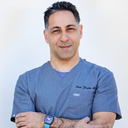Posted underNeoGraft q&a
Neograft starting to feel like it's not worth it anymore. Donor area is not even with the rest of the hair.
Hello, I am 35yrs old and my hair style is a #1-1.5 buzz cut. I had a receding hair line, so I had neograft done about 6 weeks ago (by a known good doctor in the area). As I am able to cut my hair again, I have noticed the donor site IS NOT EVEN with the rest of the hair anymore! It looks like it's a shorter buzz cut fade in that area. Will this area thicken back out over time or will I pretty much never be able to buzz my hair anymore?? Have I sacrificed the back of my head to fill the front?!
Answers (13)
From board-certified doctors and trusted medical professionals
Dr. Ken Anderson, MD, FISHRS

Dr. Ken Anderson, MD, FISHRS
Board Certified Hair Restoration Surgeon
Answer
Dr. Matthew Richardson, MD

Dr. Matthew Richardson, MD
Board Certified Facial Plastic Surgeon
Answer
Dr. Ross A. Clevens, MD, FACS

Dr. Ross A. Clevens, MD, FACS
Board Certified Facial Plastic Surgeon
Answer
Dr. Jae Pak, MD

Dr. Jae Pak, MD
Hair Restoration Surgeon, Board Certified in Emergency Medicine
Answer
Dr. Michael S. Beckenstein, MD

Dr. Michael S. Beckenstein, MD
Board Certified Plastic Surgeon
Answer
Dr. Jeffrey E. Schreiber, MD, FACS

Dr. Jeffrey E. Schreiber, MD, FACS
Board Certified Plastic Surgeon
Answer
Dr. Stephen J. Ronan, MD, FACS
Dr. Stephen J. Ronan, MD, FACS
Board Certified Plastic Surgeon
Answer
Dr. Rashid M. Rashid, PhD, MD
Dr. Rashid M. Rashid, PhD, MD
Board Certified Dermatologist
Answer
Dr. Cory Torgerson, MD, PhD, FRCSC - Account Suspended
Dr. Cory Torgerson, MD, PhD, FRCSC - Account Suspended
Facial Plastic Surgeon, Certified in Otolaryngology – Head and Neck Surgery
Answer
More NeoGraft Questions
See all NeoGraft Q&AWE SEND PRETTY
EMAILS
What’s trending? Who’s turning heads? Which TikTok myths need busting? We’ve got you. No fluff, no gatekeeping—just real talk. Get our free, unfiltered newsletter.
